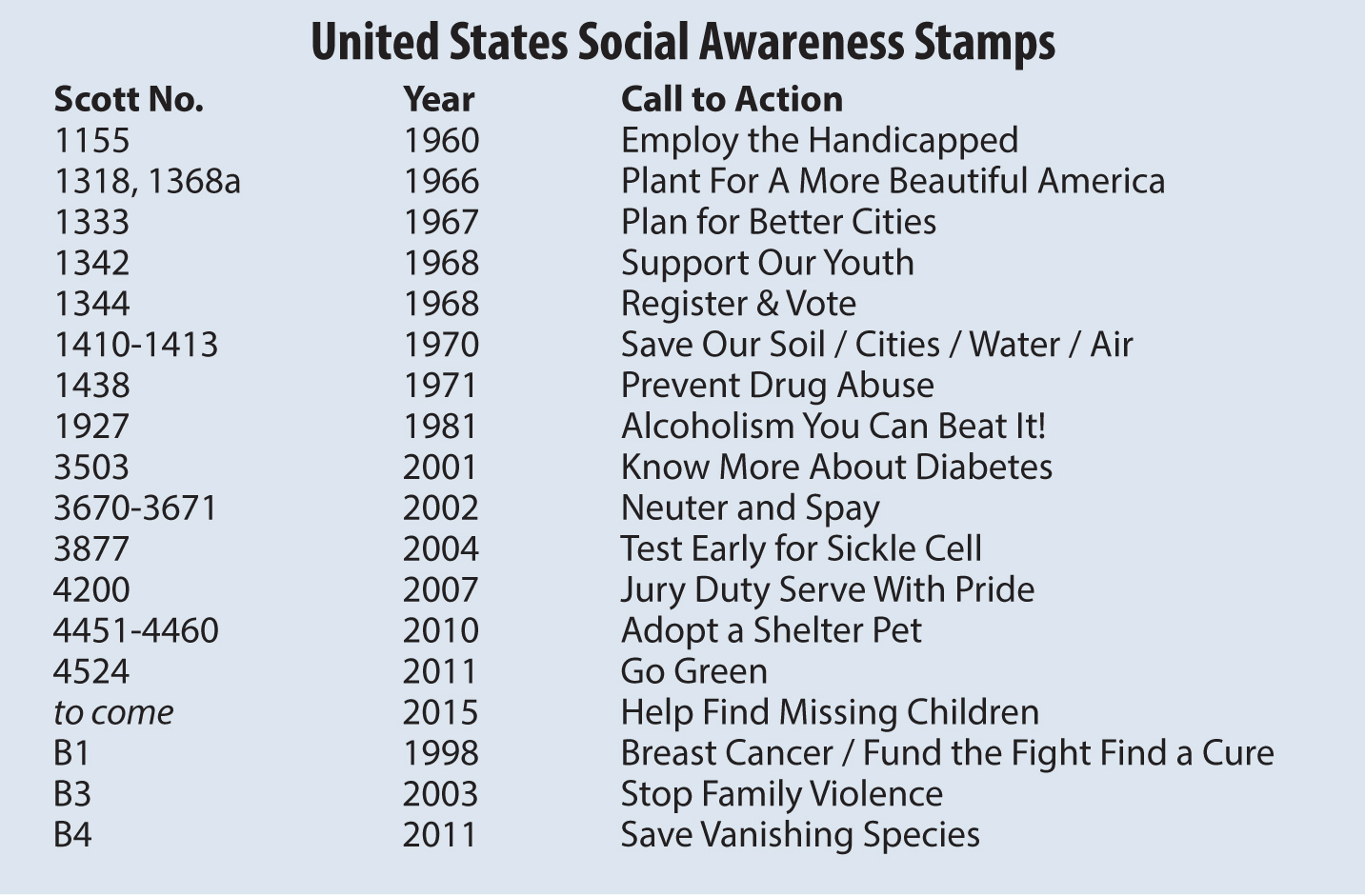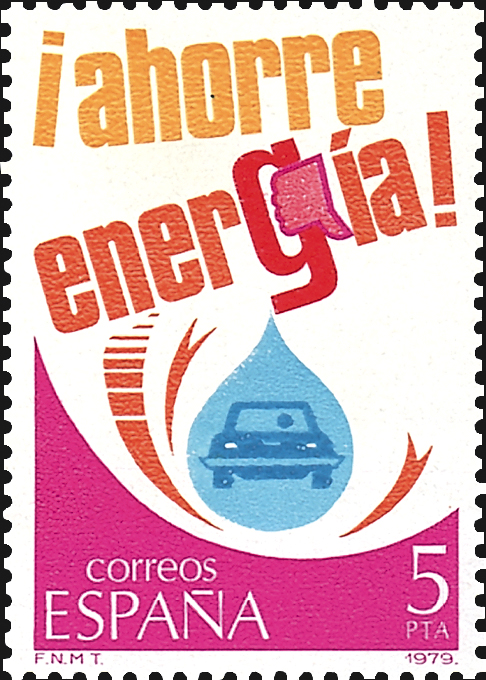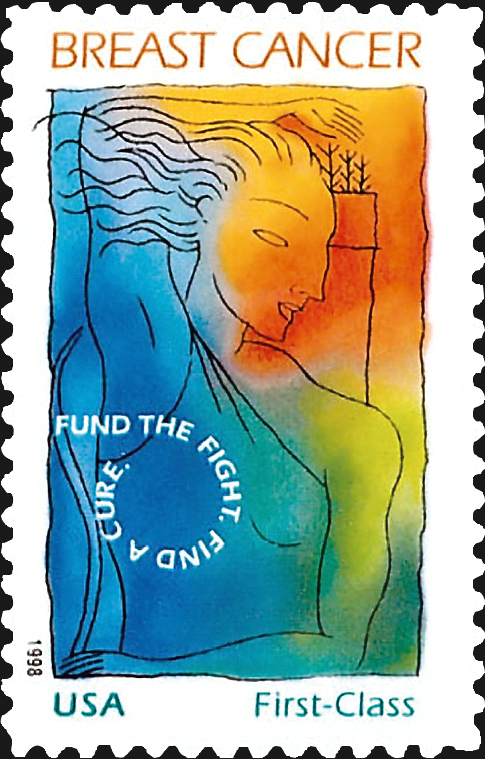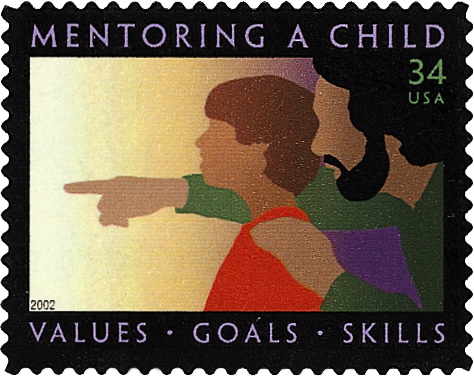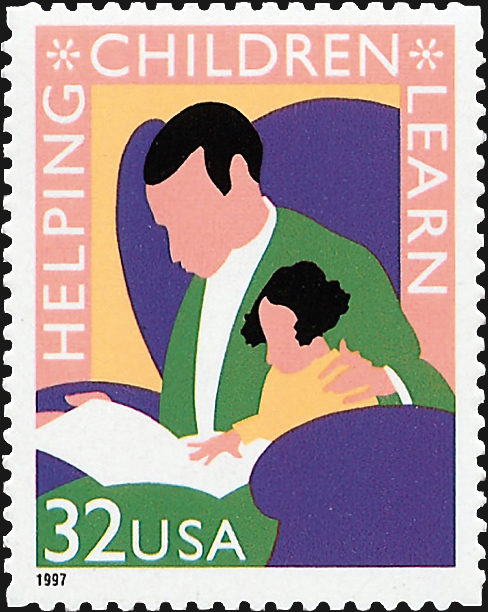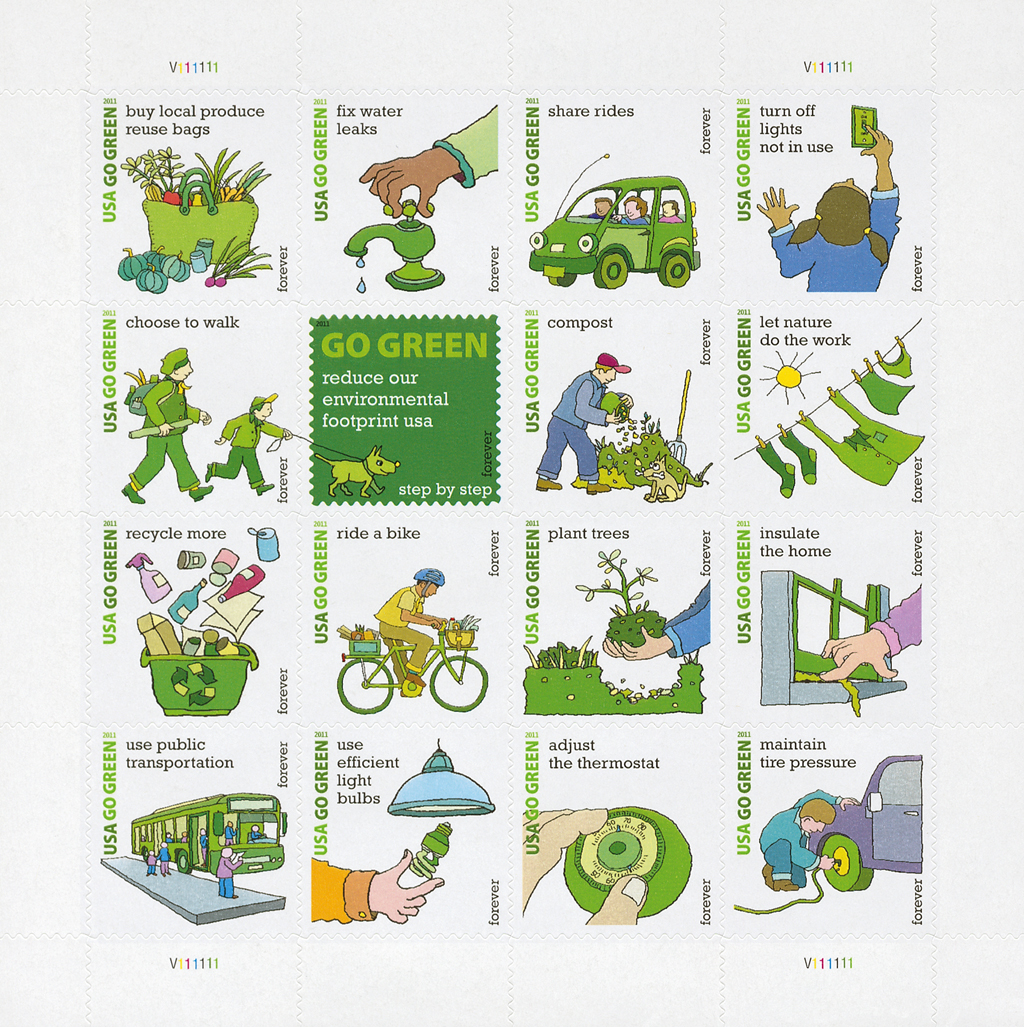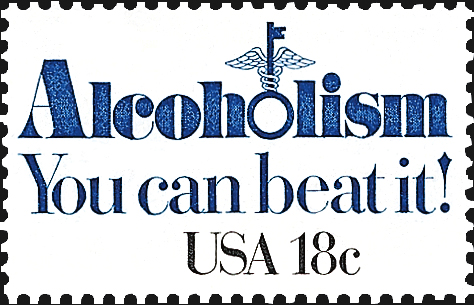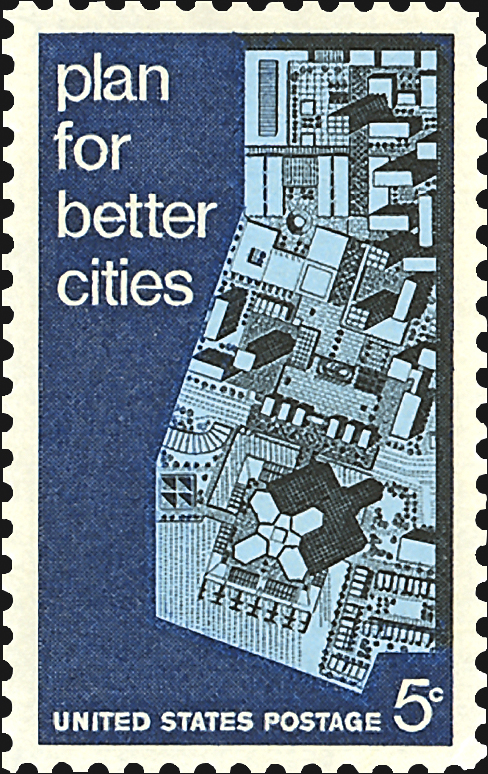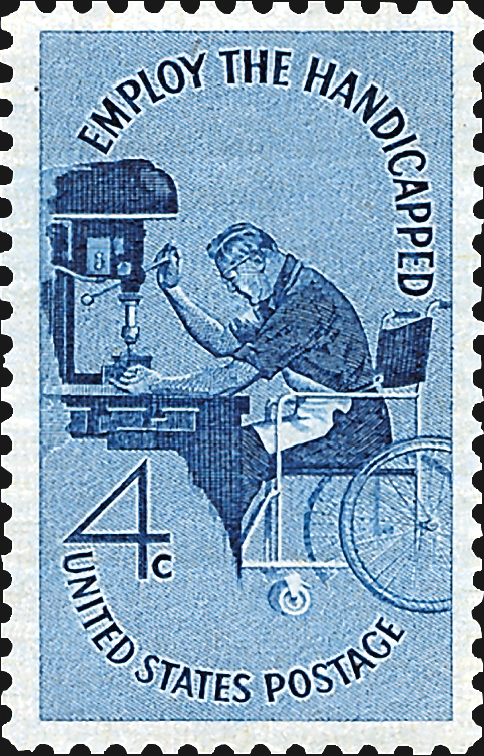POSTAL UPDATES
insights
The world’s stamps for social awareness are postal calls to action
By Janet Klug
Stamps represent a great deal of responsibility and effort. Put a United States forever stamp on an envelope, place it in the mailbox and off it goes to its destination.
When you think of the complexity of moving a page or two of paper from, say, New York to Honolulu, it is an amazing effort for a small cost, and yet we who collect stamps expect (and receive) more than postal service.
We have learned geography, history, art and science by collecting stamps. If we started collecting as youths, our stamps gave us an advantage over our classmates who did not collect them. All things considered, stamps have been pretty good to us, asking nothing in return.
But wait — some stamps do ask something of us, both collectors and noncollectors alike. For example, a 4¢ U.S. stamp (Scott 1155) issued in 1960 had a very specific request: “Employ the Handicapped.” Seven years later, the U.S. Post Office Dept., as it was still called then, asked us to “Plan for Better Cities” on a 5¢ stamp (1333).
These two issues are social awareness stamps, which point out a public situation and urge some corrective action (though not always making it clear how we as individuals are supposed to help).
In the years since, U.S. social awareness stamps have had their ups and downs, both as far as aims and designs.
In 1981, the U.S. Postal Service had the best of intentions in issuing an 18¢ social awareness stamp about the problem of alcoholism (Scott 1927). However, the call to action became perhaps too personal with the stamp’s slogan: “Alcoholism You Can Beat It!” Many recipients of letters bearing that stamp considered it a pointing finger accusing the addressee of being an alcoholic. There have been many controversial U.S. postage stamps, but none seems to be quite as memorable as this one.
The 2011 Go Green social awareness issue (Scott 4524) is actually a pane of 15 stamps and a label. Each stamp offers an idea of something everyone can do to “reduce our environmental footprint,” as the label explains. These are easy suggestions that include choosing to walk, using efficient light bulbs and turning off lights not in use.
Of all the U.S. social-awareness stamps, the Go Green pane most clearly defined and illustrated how each of us could act on our awareness of the aims of the stamp issue: to conserve our resources and protect our Earth.
Some stamps have seemed to be social awareness issues but they are not, because they lacked the requisite call to action. For example, the Helping Children Learn stamp (Scott 3125) issued in 1997 could have been considered a social awareness stamp if the inscription instead had been “Help Children Learn.”
Similarly, the 2002 stamp (Scott 3556) titled Mentoring a Child would have been a call to action if “Mentoring” had been “Mentor.”
The 2006 Amber Alert stamp (Scott 4031) recognizes that Amber Alert “saves missing children.” The stamp may have had greater impact with a message such as, “Help us save missing children, use Amber Alert.”
Three U.S. semipostal stamps have included a call to action in company with a donation to the specified effort. A semipostal stamp is one that adds an additional fee to the price of the stamp. The additional fee is given to designated charitable organizations related to the stamp subject.
The first, and financially most successful, U.S. semipostal is the Breast Cancer Research stamp (Scott B1), with the call to action, “Fund the Fight Find a Cure.” When first issued in 1998, each stamp sold for 40¢, with 32¢ covering the cost of mailing a first-class letter and 8¢ donated to breast cancer research.
By December 2014, after several interim adjustments in cost to reflect changing postal rates, the Breast Cancer Research semipostal stamps had raised more than $80 million and are still providing funding for research laboratories.
The second U.S. semipostal was issued in 2002 to raise money for families of emergency relief personnel who lost their lives or became disabled during the terrorist attacks on Sept. 11, 2001. However, the Heroes of 2001 stamp has no call to action and so does not meet the definition of a social-awareness issue.
Two subsequent U.S. semipostals do qualify as social awareness issues: Scott B3, in 2003, urges “Stop Family Violence,” and B4, in 2011, uses the image of a tiger cub while asking us to “Save Vanishing Species.”
Other nations also have issued social awareness stamps. To mention only a few, in 1979 Spain issued a set of three stamps (Scott 2135-37) advocating energy conservation, with the affirmative statement, “ahorre energia” (“save energy”).
The United Nations has issued some unequivocal social awareness stamps. A good example is a pair of 1973 stamps (U.N.-New York Scott 236-237) with the message “stop drug abuse” and a gruesome skull to get the idea across. The U.N. office in Geneva issued a matching stamp (U.N.-Geneva Scott 32).
A collection of social awareness stamps illustrates what is considered important to each issuing nation as a community at any given time. It would be a good collecting topic to take on, because such stamps can be found from all over the world. Examples would not be expensive, and the thrill of the hunt would be a lot of fun.
Possibly best of all, you can make up your own standards for what constitutes a social awareness stamp for the purposes of your collection. Don’t feel constrained by the definitions used in this column — the table of U.S. social awareness stamps provided here is certainly just a starting point.
MORE RELATED ARTICLES
Headlines
-
US Stamps
Oct 7, 2024, 3 PMMcMurtrie dismissed as APS education director following Sept. 21 arrest
-
US Stamps
Oct 7, 2024, 12 PMVasiliauskas named president of Mystic Stamp Co.
-
US Stamps
Oct 6, 2024, 5 PMApgar souvenir card available
-
US Stamps
Oct 6, 2024, 4 PMFirst Continental Congress and U.N. stamps receive Scott catalog numbers
